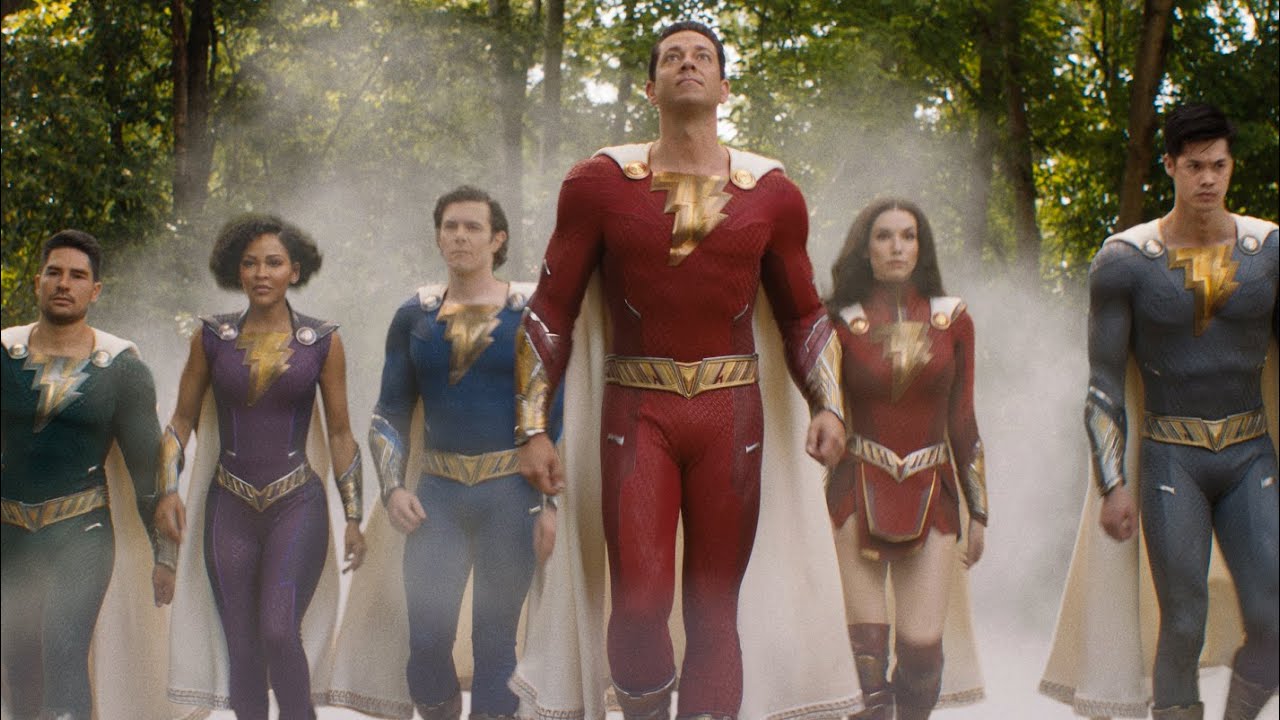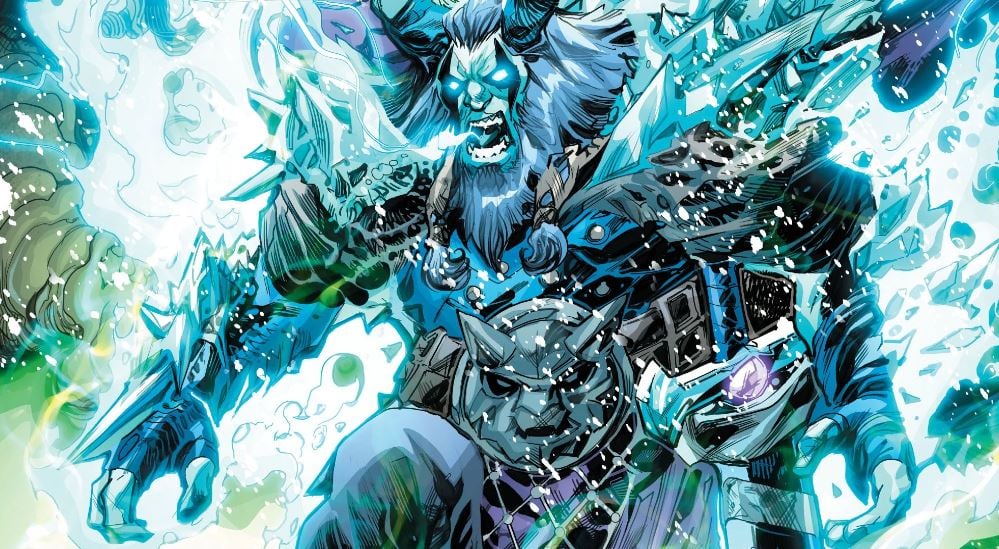Shazam is the superhero empowered by seven mythological figures. Taking inspiration from the Roman-Greek pantheons comes with a risk, though — it opens up the field to enemies from rival mythologies.
Perhaps the most famous is Black Adam, who is powered by the gods of Ancient Egypt. The demonic Sabbac (seen in the Black Adam movie) is a dark version powered by demonic equivalents. But what about the Norse pantheon? The old mythology of Northern Europe that’s given the English language the names for four days of the week and pop culture superheroes?
What makes a Shazam?

Shazam and the Shazam Family’s powers famously originated from a selection of gods and mythological figures, each denoting a letter of his name. Those gods and abilities are:
- Solomon, the legendarily wise king — granting him wisdom
- Hercules, god of strength and heroes — granting him the strength
- Atlas, the titan, supporting the world — granting him stamina
- Zeus, king of the Greek gods — granting him power
- Achilles, the legendarily almost-invulnerable warrior — granting him the courage and invulnerability
- Mercury, god of communication and messages — granting him speed and the power of flight
Shazam’s powers are drawn from Greek mythology and Abrahamic legend. The same logic was carried through to Black Adam, when the antihero was refreshed in DC continuity after the Crisis on Infinite Earths event; a corrupted predecessor of Captain Marvel, Black Adam was revived in the modern age with a new purpose: to clear his name and reputation. These equivalent powers matched each letter of the wizard’s original gift, but this time came from the pantheon of Egyptian gods:
- Shu, god of the wind— granting him stamina and invulnerability
- Horus, god of the sky — granting him unbeatable super speed
- Amon, god of the air — granting him astonishing physical strength
- Zehuti (Thoth), god of wisdom — granting him wisdom and knowledge
- Aton, god of the sun —granting him lightning power
- Menthu, god of war— granting him unshakeable courage
In classic comic style, the Sabbac debuted in Fawcett comics in 1943 as a dark version of Shazam. To match his fearsome and demonic appearance, the supervillain drew his powers from six demons of the underworld:
- Satan, demon of evil — granting him invincible strength
- Aym, Grand Duke of Hell — granting him invulnerability
- Belial, demon of lies and guilt — granting him evil wisdom and knowledge
- Beelzebub, prince of demons —granting him the fiery powers of pyrokinesis
- Asmodeus , demon of lust, lechery and jealousy — granting him evil courage
- Craeteis, demon of flight – granting him flight and superhuman speed
That’s the Egyptian, demonic, and Greek (with extras) pantheons covered, and you’d think that would have translated across to other mythologies over the years, but no, creators haven’t taken that obvious route — there has never been a canonical Norse equivalent of Shazam.
While Asgardians and the broader Norse pantheon have earned a considerable place at rival publisher Marvel, the DC Universe has always been a bit shyer in exploring the fields of Niflheim and the great hall of Valhalla. The Norse pantheon exists in DC and more commonly popped up in the publisher’s early stories. Then they disappeared like ice on a spring morning as DC emphasized Greek and classical mythology with Wonder Woman as its flag-bearer.
Since then, crossover stories like 2020’s Endless Winter have been rare nods to Northern mythology. In that story, the Frost King, a powerful metahuman with freezing powers, awoke in the 21st century, a millennia after defeat in 10th Century Greenland. It was also an outing for a relative newcomer to DC stories and a rare prominent Norse character, Viking Prince Jon Haraldson. Shazam didn’t take a role in that arc, although Black Adam played an important part in stopping the march of winter.
What could a Norse equivalent of Shazam be?

Among other Quora users, Rui Silva put his wisdom to the test, assembling the gods of the Norse pantheon that could work under the name Shazam.
- Sól, goddess of the sun— granting the strength and stamina of the sun
- Heimdall, warrior watchman of the gods — granting super senses of sight and hearing
- Aegir, god of the sea— granting the movement of the sea and flight
- Zisa, goddess of autumn — granting healing powers of durability, invulnerability, and the obligatory lightning power
- Aesir, the upper tier of Norse gods — granting him courage and fighting ability
- Mimír, god of knowledge — granting him the wisdom of the gods
Of course, much like Sabbac, any enemy or ally of Shazam could have inherited similar powers under another acronym. If that was to follow the original powers, this is how a Northern, god-powered superhero rival to Shazam may line up:
- Thor, god of thunder — granting him the strength and lighting power
- Hermod, the messenger god — granting him speed and the power of flight
- Ullr, god of winter — granting him stamina and purpose
- Tyr, god of war — granting him courage
- Odin, king of the gods — granting him power
- Mimir, god of knowledge — granting him wisdom
The Norse gods were even more dysfunctional than their Greek equivalents and, despite being a pantheon obsessed with warfare, comparatively underpowered. Were a Norse equivalent of Shazam to appear, you’d perhaps see a slightly quieter superhero (when not at a feast), who’s a bit gruffer and with icier powers. Still, they would be a worthy opponent.
You can hear it now as young Erik leaps from his dragon boat and, with a mighty crash of lightning, transforms into the fur-clad hero, “Thutom!”

